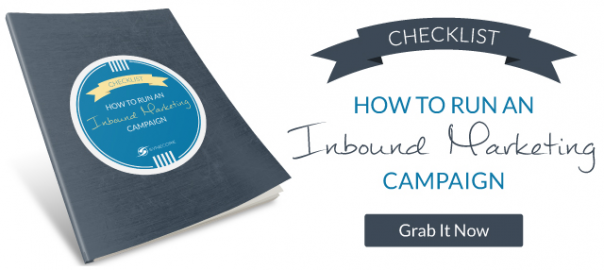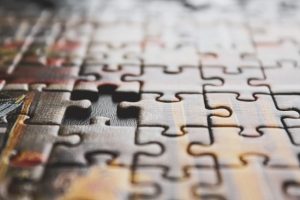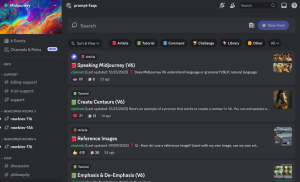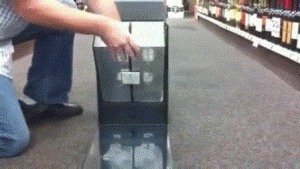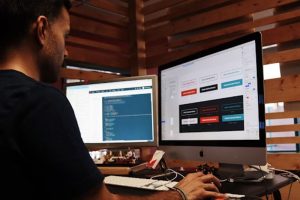Design, design, design. Everybody is always talking about how they could be better at design. How they could, if the design was better, capture more attention. How they could, if the look was just right, generate more leads. How they could…get more people to read their marketing emails if the design actually spoke to the intended reader.
Look no further! This “highly visual” article offers some insight into how you can craft a well-designed, user-focused email that will capture your reader’s attention and make connect and convert with your brand.
The following 5 examples of awesome email designs are real messages that have been sent to me over the past 30 days. Read on to learn why I think they are awesome and what provoked me to include them in this post.
Example #1: Hyundai
I own a black 2013 Hyundai Genesis Coupe extremely similar to the one pictured below. So the moment I opened this email the affinity I have for Hyundai, especially the Genesis Coupe, was at it’s highest peak in my brain. This in turn kept me scrolling down the email to find out more about the NEW 2015 Gen Coupe. By doing so I noticed that the design of this email was encapsulated by two elements:
- High-Resolution Imagery [30%]
- Large “Attention Grabbing” Typography [70%]
The personalized copy, “YOU AND IMPROVED.” made me feel like I could relive the moment I drove my current car off the lot just two short years ago. The promotional copy, “Upgrade to a new 2015 Genesis Coupe” attached with the $ 299 price tag (mind you I pay more per month for the current one I have) made me very excited about jumping into a new one.
With that said, the clean, high-resolution images coupled with simple, large typographical elements made my journey through this email an inspirational and pleasurable one. Oh, and I’m probably going to go to the dealership to check out the 2015 coupes, BTW.
Example #2: BONOBOS
The design of this email is also very simple and straight to the point. The high-resolution image of a man sitting on a beach looks exactly like what I would love to be doing right now. The choice of blue colors gives a calm and tranquil feel that eludes to happiness and relaxation. Once again the large typography lets me know that I can receive 25% off shorts, right now! What I enjoy most about the design of this email is the use of gamification. They have included 12 boxes with different shorts sizes to entice me to pick my size and save on shorts today.
I’m not going to lie, I picked 33 and bought a pair immediately. But I am still waiting for them to send me that blue chair and some sand.

Example #3: Caribou Perks
I’ve always had a thing for Caribou’s branding, maybe it’s because I live in Minnesota, or maybe I just enjoy a well-executed design.
The handcrafted feel that the typography and design elements have in this layout gave me the warm and fuzzy (or in this “cold” press case, the cold and fuzzy) that I deserve a 2 for $ 5 coffee deal at this very moment in time. Luscious images and directional arrows ensuring that these are “crafted” press drinks makes my mouth water and senses heighten. The basic icons outlining the simple three-step process for redeeming my deal make it easy for me to go and use this perk right now.
Unfortunately, I did not take advantage of this perk, as I get these all the time and usually make my own coffee. #SorryNotSorry

Example #4: Logitech
Having recently purchased a Bluetooth USB receiver for my desktop mouse, Logitech sent me a thank you email to remind me that they do in fact have other great products beyond what I bought.
Are you starting to see a trend here? High-resolution images and large typography? I also enjoy the KISS [Keep.It.Simple.Stupid] methodology that is employed here. They thanked me for my purchase (with large typography) and followed with two sentences given me a code for 20% off my next purchase; then, they slapped me with a large blue, “Shop Now” button.
Ok, they also featured a couple images of sweet electronics that I would thoroughly enjoy buying. But more importantly, they kept it simple. They thanked me, gave me a deal, showed me some sick technology, and off I was onto their site to buy more products.
I must also mention that they have NOT been sending me tons of daily or even weekly emails about other offers and products. It’s nice to see that they take my business seriously enough to know I’ll be back if I so choose.

Example #5: Uber
This design is a bit of a departure from the previous ones; instead of using large, high-resolution images, it employs basic icons and simple background patterns.
As a promotion for their #UberIceCream campaign through Capital One, Uber takes a similar approach to Logitech by keeping it simple. Ice cream icons, sprinkle background patterns, and a three-step numbered process give this design the look and feel needed to make me try out this cool ice cream delivery service.
The biggest bummer was that their disclaimer was right. The demand was high and the availability was limited. So, no ice cream for me. [insert sad face emoji]

In The End:
I found that each one of these emails had a slightly different approach to how they were ultimately laid out, but in general, using high-resolution images, large typography, and simple icons seemed to be the ticket to get me to interact with their content.
What kind of design elements make you engage with emails that brands and businesses send you? Do you prefer fewer images over more images? Would you rather read content or look at pretty pictures? Comment and let me know what your opinions are. Your feedback will hopefully inspire me to write a new post on email engagement and interaction. Or even better yet, email marketing in a nutshell.
(232)
Report Post